Frosty Petals: Introducing Five Japanese Winter Flowers
Bring Light and Fragrance
As the falling leaves give way to snow flurries and the bright autumn colors fade into the grays and blues of winter, cold season flowers in Japan enliven even the darkest and chilliest days. Read on for five winter flowers and how to grow them in your very own garden.
Hailing from one of the coldest and snowiest cities in Canada, I continue to be astonished by how many beautiful flowers burst into bloom in winter in Japan. While I am certainly still moved by the landscape of quiet snowy woods, there really is something heart-warming about bundling up for a walk and coming upon an array of colorful plants, cheerfully enduring the same temperature as me.
Indeed, not much can brighten a dreary winter day like the five hardy blooms discussed below. Catch them at the florist, by the roadside, in a park and if you happen to have a green thumb, in your own garden. If you are up for a home gardening project, be assured that the winter flowers profiled are low maintenance yet stylish, allowing you to make the most of the season’s offerings but not get too chilled while caring for them.
1. Daffodils
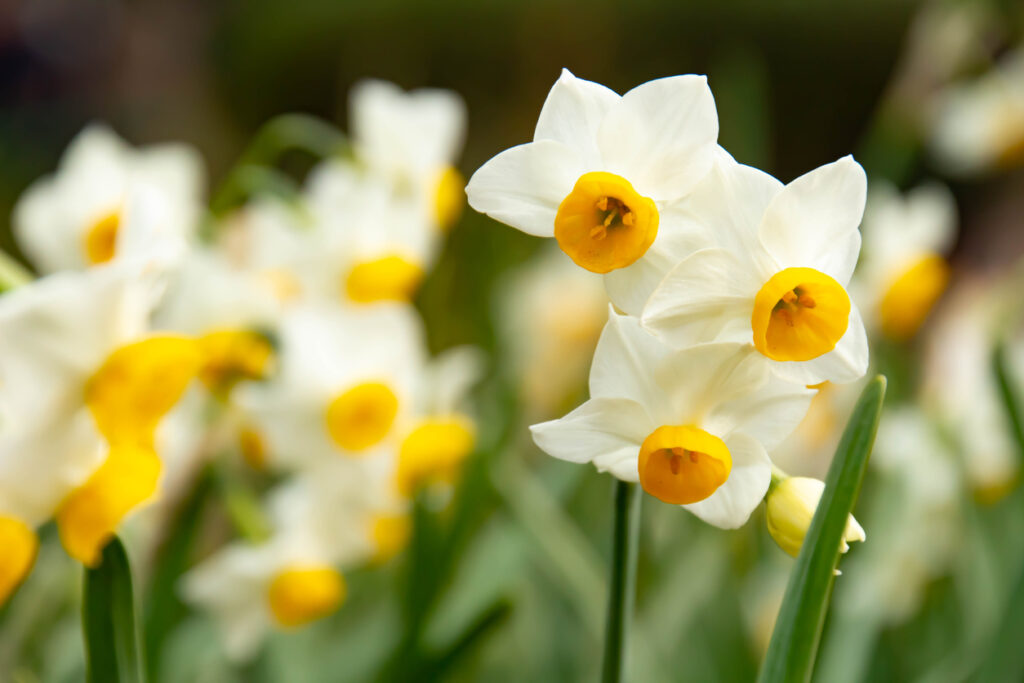 © Photo by iStock: c11yg
© Photo by iStock: c11ygOut of the plants on this list, suisen (daffodils) are the most familiar to me. Daffodils are robust plants and mainstays in the harsh Canadian weather I was used to. Indeed, I would wait for the daffodils to burst forth from the snow-covered ground announcing that spring was on its way. Daffodils are well-known for their bright yellow and white trumpet-like blooms, but they can come in thousands of varieties. And, although they are a spring flower in frigid Canada, in Japan, they are strongly linked to the winter season, blooming from December all the way to early April. Daffodils are grown from bulbs and will naturally spread and regrow year after year making them easy to care for plants that are also resistant to pests.
2. Japanese Camellia
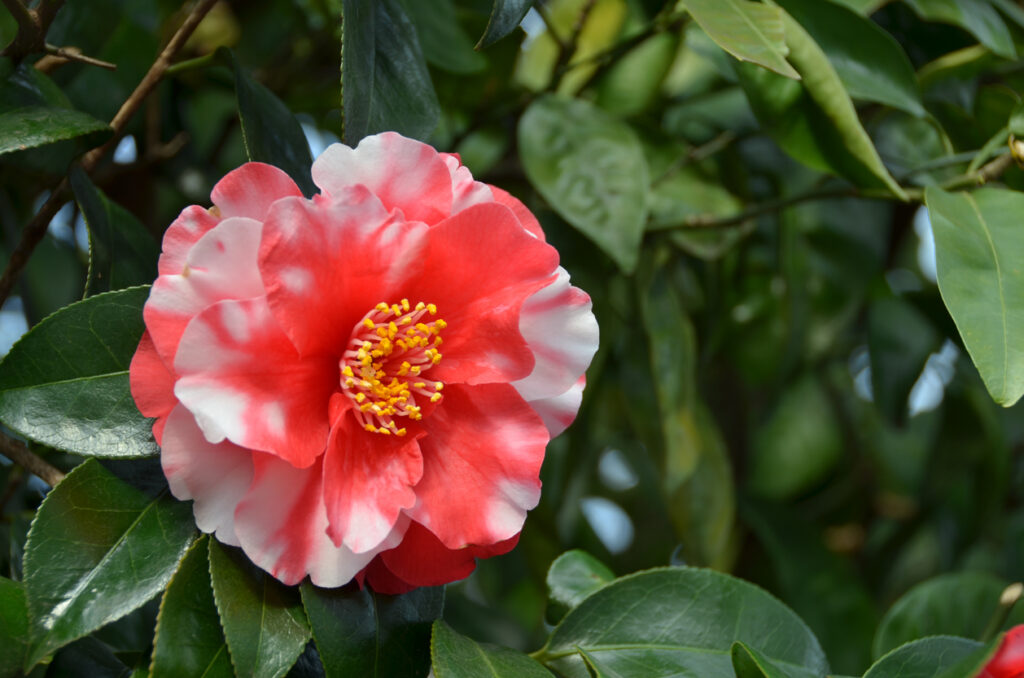 © Photo by iStock: LFO62
© Photo by iStock: LFO62Tsubaki (Japanese camellia) refers to a hardy evergreen bush with glossy dark green leaves that produces spectacular pink, red and/or white flowers throughout the winter months. There are many different types of Japanese camellia, from the white and red Iwane-shibori first bred in the Edo period to the muted pink of the long-blooming Tarokaja, often grown alongside tea plants. Try mixing and matching varieties to keep a kaleidoscope of camellias blossoming from December to April! Very resistant to cold and long-lived, tsubaki is native to Japan and East Asia and grows very happily in the ground or in pots here. It prefers dry soil overall with good drainage but is generally not fussy about sunlight and capable of thriving in sunny and shady spots.
3. Christmas Rose
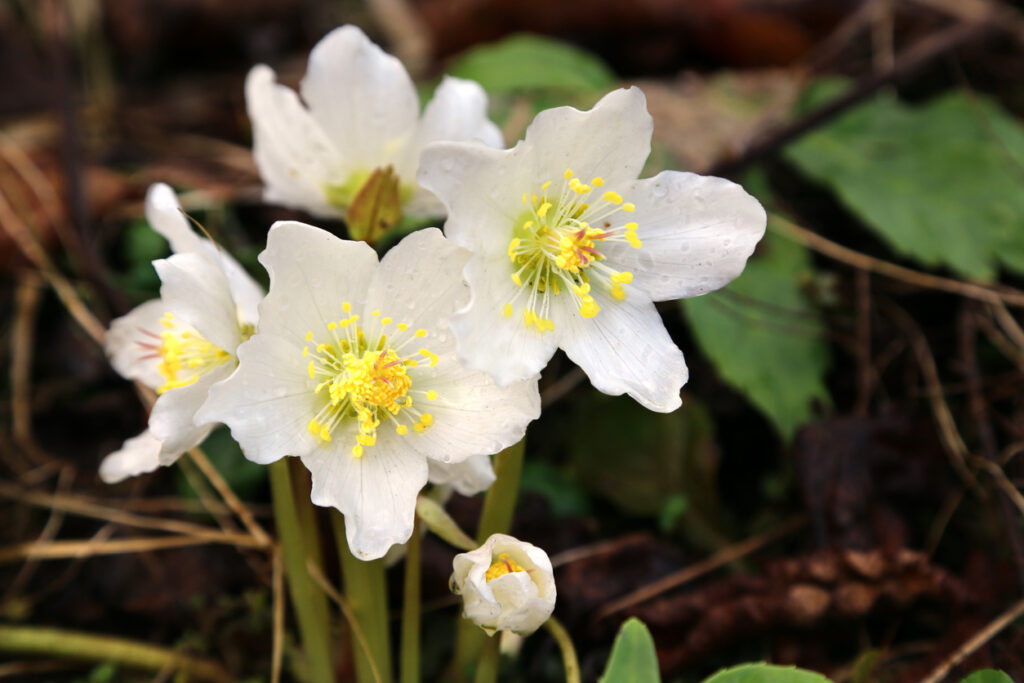 © Photo by iStock: lutavia
© Photo by iStock: lutaviaThe Christmas rose is a flowering perennial which (despite its name!) is not a rose at all. Instead, it belongs to the buttercup plant family and blossoms during the Christmas and winter holiday seasons. Its blooms are impressive: creamy white and five-petaled with bright yellow stamens in the center. Christmas roses can survive colder weather as long as they are sheltered from strong winds. These plants are mostly maintenance-free as long as they are planted in well-drained soil that is not prone to drying out. Christmas roses prefer a bit of shade and can easily be grown in containers as well as in garden beds. The only caution with these plants is that they are toxic to animals and humans so their consumption should be avoided.
4. Pansy
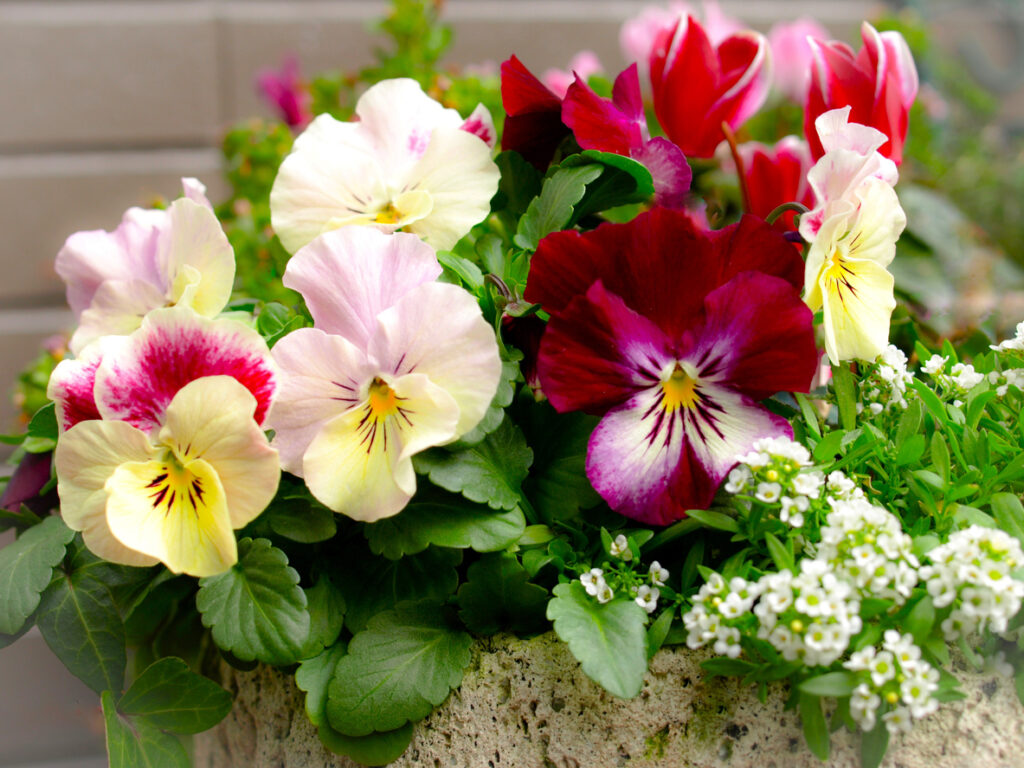 © Photo by iStock: syan
© Photo by iStock: syanPansies are lovely small flowers that add pops of color to any garden, but look especially beautiful in pots, window boxes or hanging baskets. Also viewed as a representative winter flower in Japan, look for them in park and city street garden beds, brightening up cloudy and cold days. These blossoms are readily available in a rainbow of colors making them easy to pair with other plants that flower through the winter and early spring. Indeed, they have an impressive blooming season in Japan which spans from late October to mid-May. Compared to other plants on this list, pansies do require some maintenance, such as regular deadheading, to encourage continuous blooming. But, if you put in a little love, you will get almost half a year of petite blooms!
5. Ornamental Cabbage
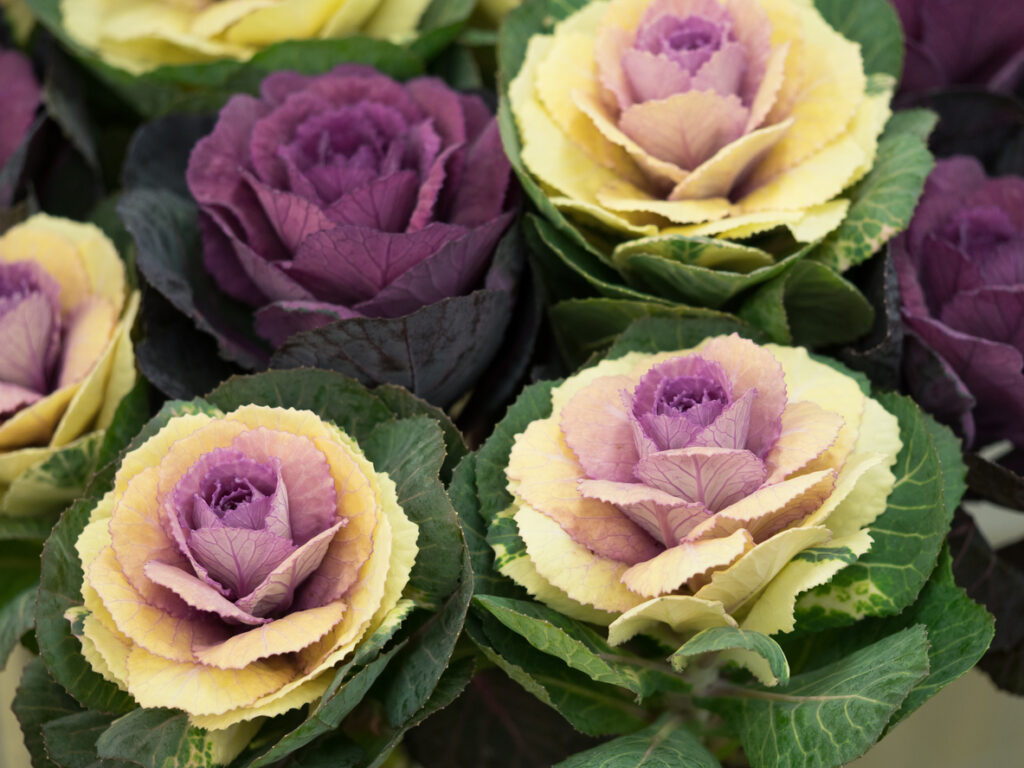 © Photo by iStock: y-studio
© Photo by iStock: y-studioHabotan (ornamental cabbage) also referred to as flowering cabbage, is characterized by its smooth green edges and brightly colored rosette centers in purple or white. In the same family is also flowering kale, a similar plant with wavier and frillier edges matching the appearance of kale more closely. As implied by their name, ornamental cabbages were bred for their looks rather than flavor; however, technically, you can consume them after much boiling. But, really, we wouldn’t recommend it due to the bitter taste! As for growing, these plants can endure the colder winter temperatures in Japan and are relatively easy to care for. Just make sure to keep them well-watered and trim their centers as they grow if you want to conserve their rounded shape. Forgo the trimming and you’ll see what my eldest daughter dubbed “alien cabbage” as it branches out in surprising ways…
So, are you ready to prep your garden for the winter season yet? After much cutting and saying goodbye to some summer and fall annuals, I was happy to decorate my balcony garden with the cold-weather beauties above.












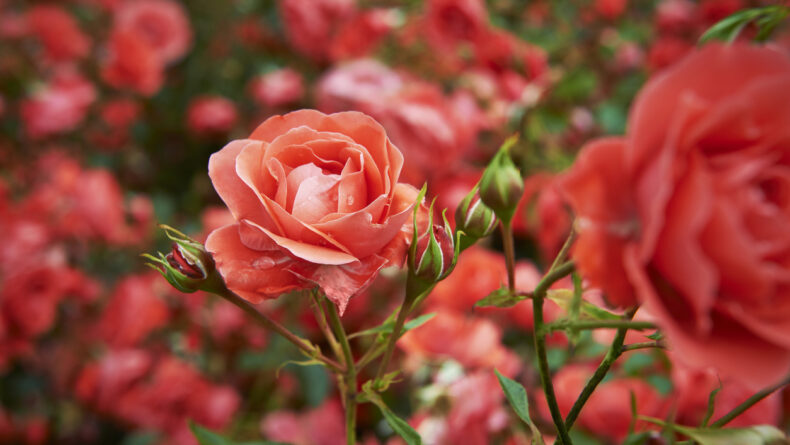
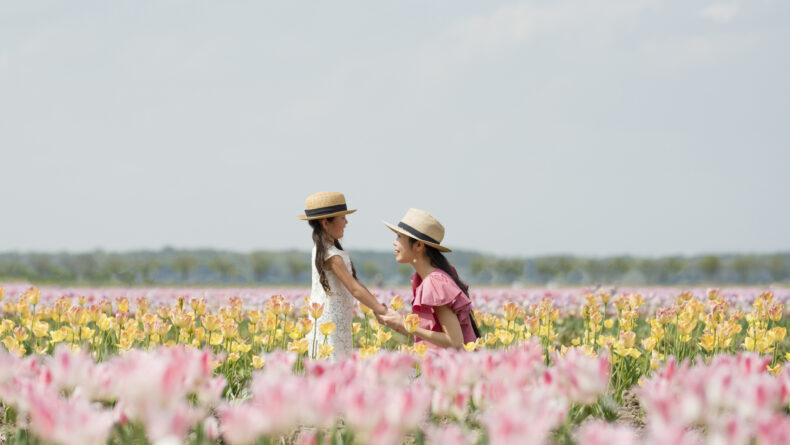

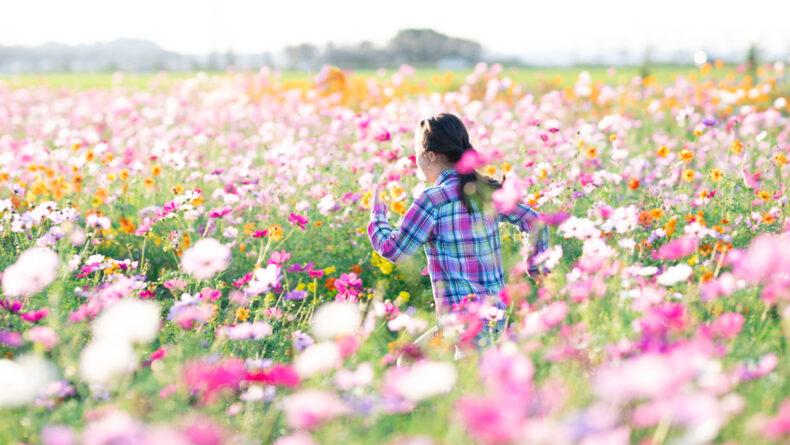
Leave a Reply